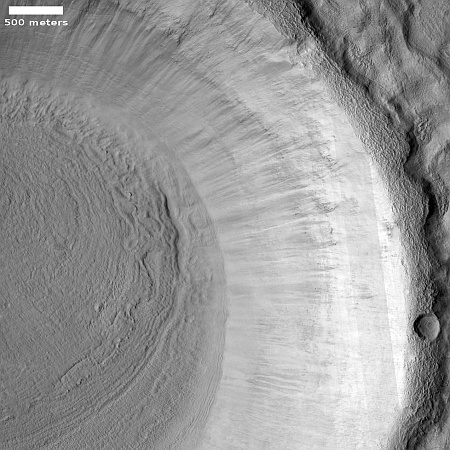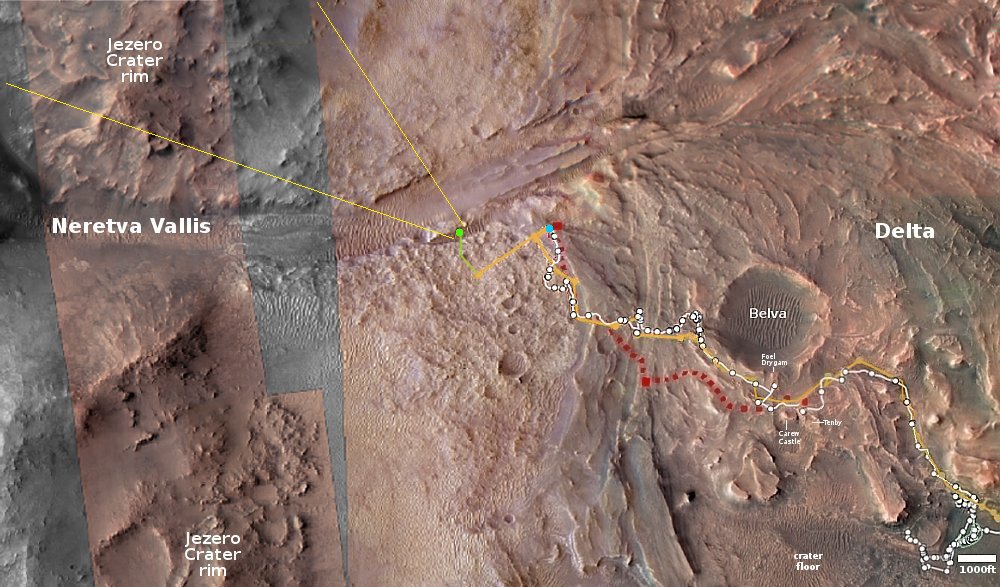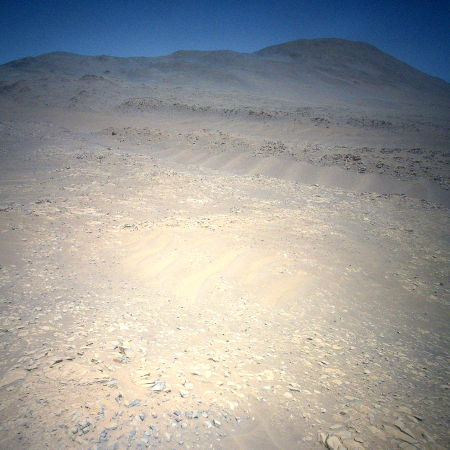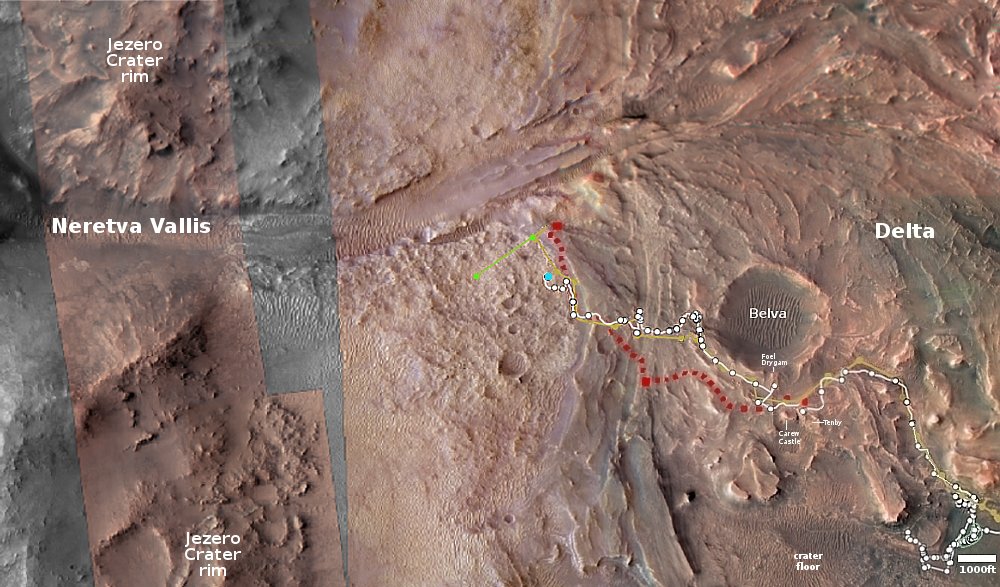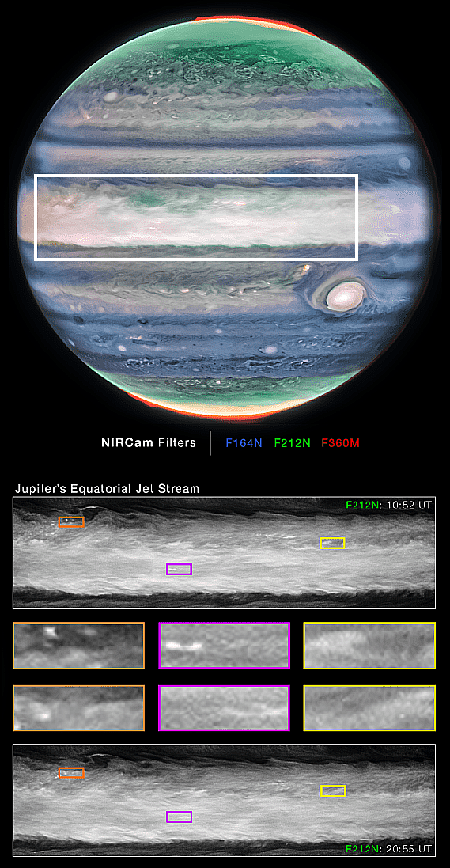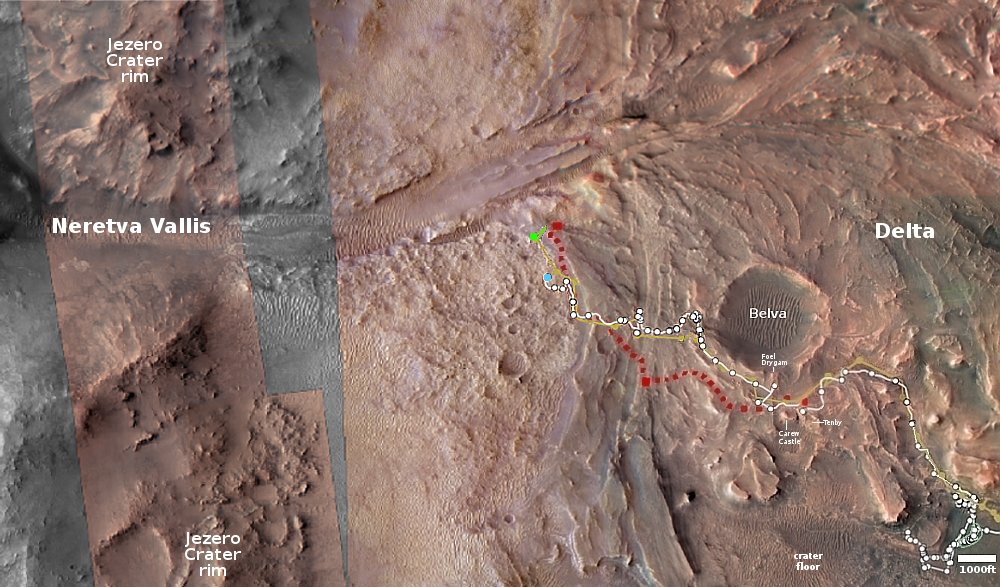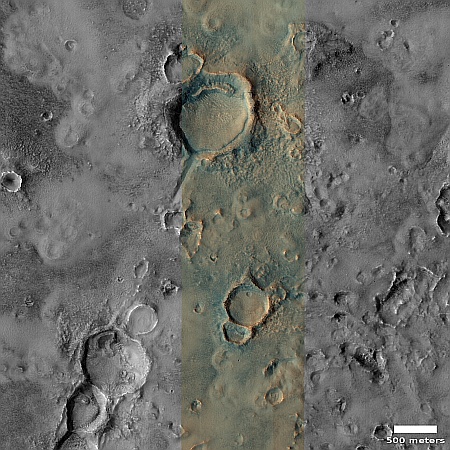Lucy completes fly-by of main belt asteroid Dinkinesh

Lucy’s route through the solar system
The Lucy science team has confirmed that the spacecraft has successfully completed its fly-by of the asteroid Dinkinesh (the white dot in the lower left of the main asteroid belt in the graphic to the right) and is in good health.
Based on the information received, the team has determined that the spacecraft is in good health and the team has commanded the spacecraft to start downlinking the data collected during the encounter. It will take up to a week for all the data collected during the encounter to be downlinked to Earth.
Though the images and data of Dinkinesh obtained during this fly-by have science value, the real purpose of the fly-by was to test the operations of Lucy for when it reaches the Trojan asteroids in Jupiter’s orbit, as shown by the graphic. The spacecraft will now do a flyby of Earth in 2025 to slingshot it to the orbit of Jupiter, where it will do its main work exploring the Trojan asteroids there. On the way it will fly past a second main belt asteroid, dubbed Donaldjohanson.

Lucy’s route through the solar system
The Lucy science team has confirmed that the spacecraft has successfully completed its fly-by of the asteroid Dinkinesh (the white dot in the lower left of the main asteroid belt in the graphic to the right) and is in good health.
Based on the information received, the team has determined that the spacecraft is in good health and the team has commanded the spacecraft to start downlinking the data collected during the encounter. It will take up to a week for all the data collected during the encounter to be downlinked to Earth.
Though the images and data of Dinkinesh obtained during this fly-by have science value, the real purpose of the fly-by was to test the operations of Lucy for when it reaches the Trojan asteroids in Jupiter’s orbit, as shown by the graphic. The spacecraft will now do a flyby of Earth in 2025 to slingshot it to the orbit of Jupiter, where it will do its main work exploring the Trojan asteroids there. On the way it will fly past a second main belt asteroid, dubbed Donaldjohanson.

